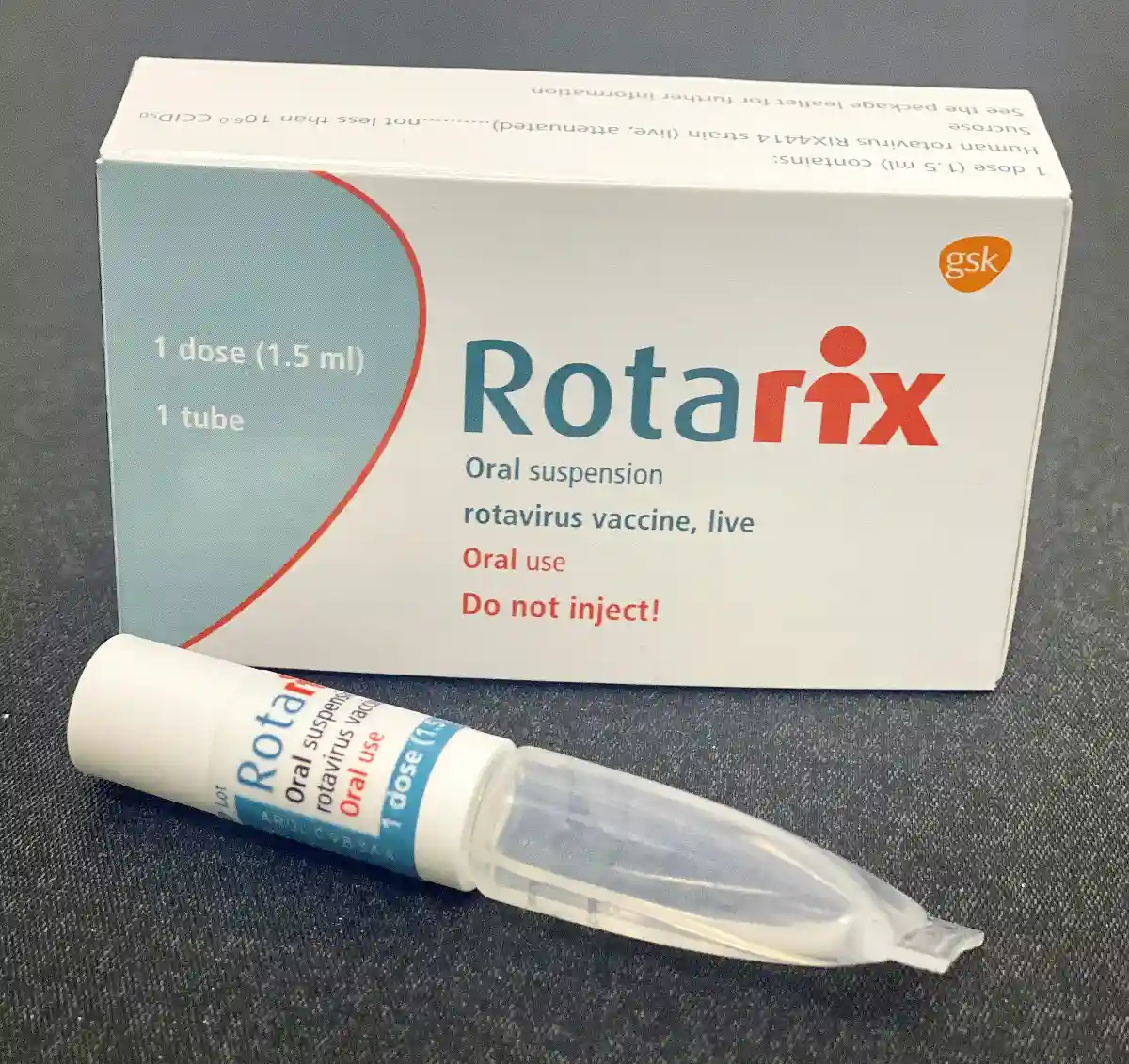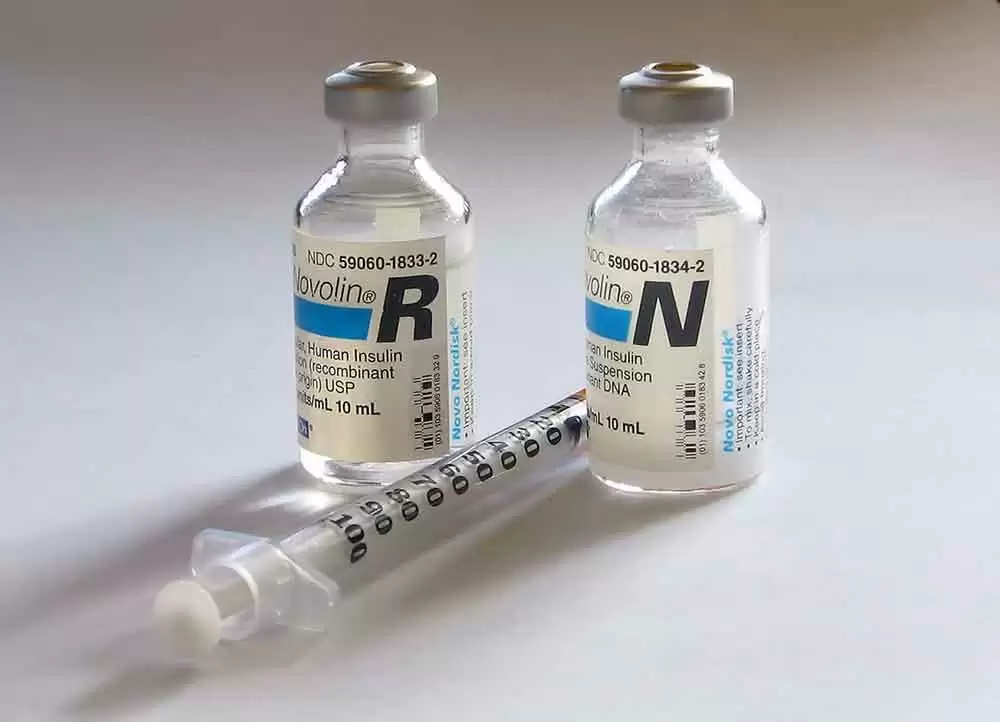Celiac.com 02/12/2024 - In the realm of celiac disease, understanding its prevalence among different populations is crucial for effective management and public health strategies. A team of researchers recently conducted a population-based cross-sectional study in Catalonia, a region in Southern Europe, which has offered some intriguing insights into the prevalence of pediatric celiac disease.
The research team included Beatriz Arau, Beatriz Dietl, Emma Sudrià-Lopez, Josefa Ribes, Laura Pareja,Teresa Marquès, Roger Garcia-Puig, Francisco Pujalte, Albert Martin-Cardona, Fernando Fernández-Bañares, Meritxell Mariné, Carme Farré, and Maria Esteve.
Celiac.com Sponsor (A12):
The study spanned from 2013 to 2019, and aimed to assess whether there have been changes in the prevalence of celiac disease among children aged 1–5 compared to the previous decade.
Study Design and Participants
Between 2013 and 2019, the study recruited 3,659 subjects aged 1–5 years, utilizing a methodology similar to a previous study conducted from 2004 to 2009. The researchers explored factors that could potentially impact the prevalence of celiac disease in this population.
Key Findings - Celiac Disease Decrease Linked to Rotavirus Vaccination
The findings of the study revealed a standardized seroprevalence of 12.55/1000 in 2013–2019, a significant decrease from 23.62 recorded in 2004–2007. The biopsy-proven crude prevalence was 7.92/1000, and the crude prevalence based on ESPGHAN criteria was 8.74/1000.
Contrasting with the previous decade, the study did not find significant differences in seroprevalence rates between the age groups of 1-2 years and 3-4 years. This suggests a shift or stabilization in the prevalence across different age groups. A notable revelation was the potential protective factor of rotavirus vaccination, showing a substantial increase from 9% in 2004–2009 to 48% in the recent study period. However, the timing of gluten introduction did not emerge as a significant factor.
Conclusion and Implications
Contrary to the expected trend of increasing prevalence worldwide, the study in Catalonia presented a downward trend in pediatric celiac disease prevalence. This underscores the importance of conducting longitudinal studies with consistent methodologies over time and in specific geographical regions.
The identification of rotavirus vaccination as a potential protective factor raises intriguing possibilities for further research into the interplay between vaccinations and autoimmune conditions like celiac disease. The study not only contributes to the understanding of the local epidemiology of celiac disease but also prompts a reevaluation of global trends, emphasizing the need for nuanced, region-specific approaches to studying and addressing this autoimmune condition.
As we navigate the evolving landscape of celiac disease research, studies like these serve as beacons guiding us towards a more comprehensive understanding of the factors influencing its prevalence and incidence among vulnerable populations.
Read more in Nutrients
The researchers are variously affiliated with the Digestive Diseases Department, Hospital Universitari Mútua Terrassa, Universitat de Barcelona in Terrassa, Spain; the Centro de Investigación Biomédica en Red de Enfermedades Hepáticas y Digestivas (CIBERehd) in Madrid, Spain; the Internal Medicine and Infectious Diseases Department, Hospital Universitari Mútua Terrassa, Universitat de Barcelona, Pl. del Doctor Robert 5, 08221 Terrassa, Spain; the ICO-ICS Multicenter Hospital Tumor Registry Service, Catalan Institute of Oncology, L’Hospitalet de Llobregat, Spain; Department of Clinical Sciences, School of Medicine, Universitat de Barcelona, Bellvitge Campus, L’Hospitalet de Llobregat, Spain; the Cancer Epidemiology, Bellvitge Biomedical Research Institute (IDIBELL), Spain; the Nursing Department of Public Health, Mental Health and Maternal and Child, School of Medicine, Universitat de Barcelona, Bellvitge Campus, L’Hospitalet de Llobregat, Spain; the Department of Biochemistry, Hospital de Sant Joan de Déu, Esplugues de Llobregat, Spain; the Department of Paediatrics, Hospital Universitari Mútua Terrassa, Universitat de Barcelona, Terrassa, Spain; and the Catlab, Department of Immunology, Viladecavalls, Spain.










Recommended Comments
There are no comments to display.
Create an account or sign in to comment
You need to be a member in order to leave a comment
Create an account
Sign up for a new account in our community. It's easy!
Register a new accountSign in
Already have an account? Sign in here.
Sign In Now